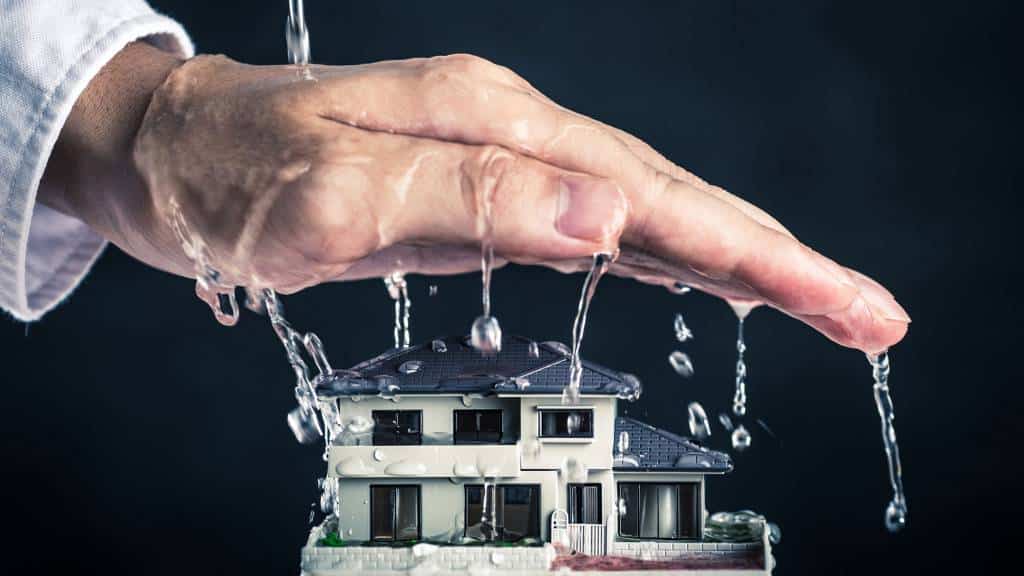Recognizing and Fixing the Six Most Common Water Leaks in Your Home
Recognizing and Fixing the Six Most Common Water Leaks in Your Home
Blog Article
Are you searching for additional info on Most Common Causes of Leaky Pipes?

Leaks not only cause waste of water but can likewise cause unneeded damages to your residence as well as promote unwanted natural growth. Regrettably, water leaks may go undetected since a lot of the pipework in our home is concealed. By recognizing and looking for day-to-day circumstances that create leaks, you can shield your residence from future leakages and unnecessary damages. Today, we will check out 6 leak creates that may be triggering your pipelines to drip.
Instant temperature modifications.
Severe temperature changes in our pipes can create them to broaden as well as acquire suddenly. This growth and contraction may trigger splits in the pipelines, particularly if the temperature level are below freezing. It would be best if you kept an eye on how your plumbing works. The existence of the previously pointed out conditions often suggests a high threat.
Rusty water systems
This might be the cause of discoloration or bending on your water pipes. If our plumbing system is old, take into consideration changing the pipes given that they are at a greater risk of rust than the more recent versions.
Defective Pipe Joints
The point at which your pipes connect is frequently the weakest link in the waterline. Pipe joints can weaken gradually, causing water leakages. The bulk of pipe joints are not conveniently visible. If you have noisy pipelines that make ticking or banging sounds, especially when the hot water is turned on, your pipeline joints are possibly under a lot of pressure. It is advisable to have your plumber evaluate your system once a year.
Elbowing in roots
The majority of water leakages start outside your house instead of inside it. If you notice an unexpected decline in water stress, say in your tap, take time to head out and also examine your backyard. You might discover damp patches or sinkholes in your backyard, and that might mean that tree roots are attacking water lines triggering water to seep out. You can have your plumber look for breach, specifically if you have trees or bushes near your building.
Poor Water Connectors
At times, a leak can be created by loosened pipes and also pipelines that supply your devices. In situation of a water links leak, you may notice water running directly from the supply line or pools around your devices.
Clogged Drains
Obstructed drains pipes may be irritating and also inconveniencing, but they can often end up causing an overflow resulting in break pipelines. Maintain removing any materials that may decrease your drains pipes that could obstruct them to avoid such hassles.
All the above are causes of leakages however not all water leakages arise from plumbing leaks; some leakages could come from roof covering leakages. All leaks must be repaired immediately to avoid water damages.
Leaks not only trigger waste of water yet can also create unneeded damage to your residence and promote undesirable organic growth. By recognizing and also looking for daily situations that cause leaks, you can safeguard your home from future leakages and also unneeded damage. Today, we will certainly look at 6 leak triggers that might be causing your pipes to leak.
At times, a leakage can be created by loose tubes and pipelines that supply your home appliances. In case of a water links leakage, you might observe water running directly from the supply line or pools around your devices.
How To Check For Water Leak In Your Home
How To Check for Leaks
The average household's leaks can account for nearly 10,000 gallons of water wasted every year and ten percent of homes have leaks that waste 90 gallons or more per day. Common types of leaks found in the home are worn toilet flappers, dripping faucets, and other leaking valves. These types of leaks are often easy to fix, requiring only a few tools and hardware that can pay for themselves in water savings. Fixing easily corrected household water leaks can save homeowners about 10 percent on their water bills.
To check for leaks in your home, you first need to determine whether you're wasting water and then identify the source of the leak. Here are some tips for finding leaks:
Take a look at your water usage during a colder month, such as January or February. If a family of four exceeds 12,000 gallons per month, there are serious leaks.
Check your water meter before and after a two-hour period when no water is being used. If the meter changes at all, you probably have a leak.
Identify toilet leaks by placing a drop of food coloring in the toilet tank. If any color shows up in the bowl after 10 minutes, you have a leak. (Be sure to flush immediately after the experiment to avoid staining the tank.)
Examine faucet gaskets and pipe fittings for any water on the outside of the pipe to check for surface leaks.
Undetected water leaks can happen without the home or business owner even realizing. If you suspect a water leak, but not able to find the source. It is time to contact a professional water leak detection service, The Leak Doctor.
How To Find a Water Leak In Your Home
https://www.leakdoctor.com/blog/How-To-Check-For-Water-Leak-In-Your-Home_AE197.html

Do you appreciate reading up on How to detect water leaks in your home? Leave a short review further down. We will be pleased to see your thinking about this write-up. We are looking forward that you come back again in the near future. Loved our post? Please share it. Let others discover it. Thank-you for going through it.
Browse Website Report this page